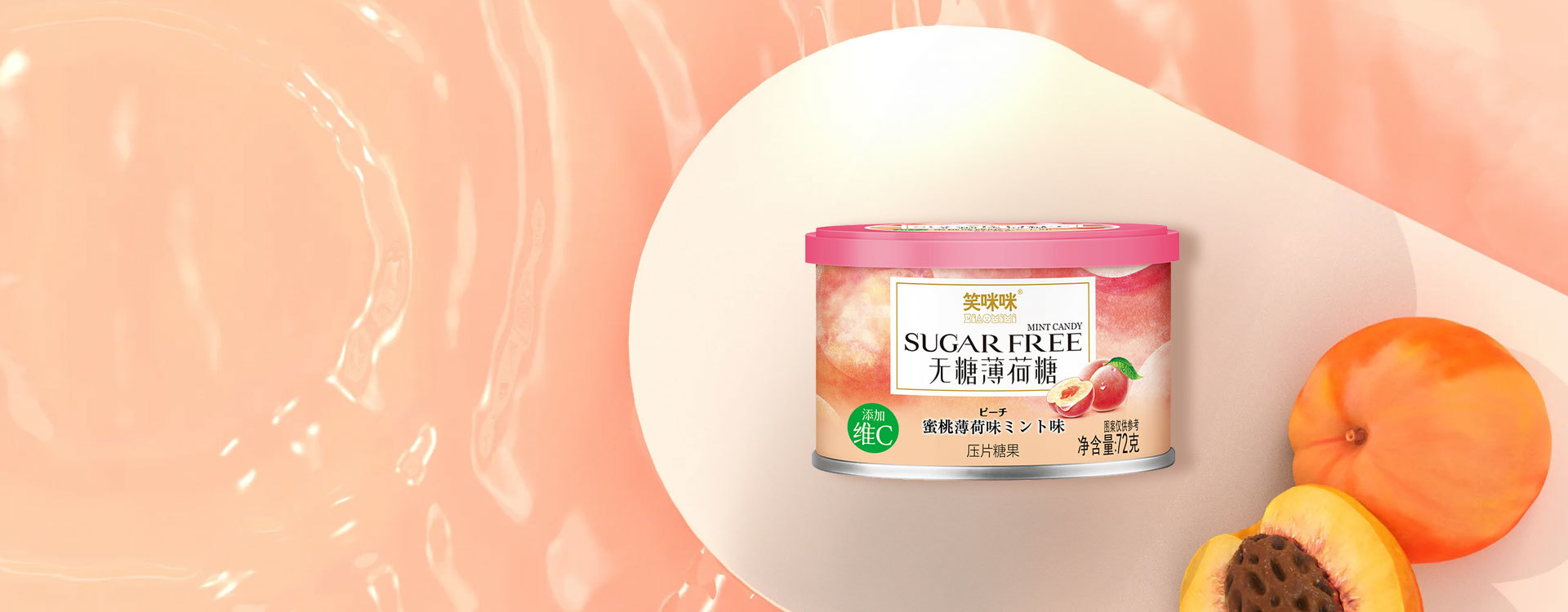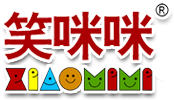Tighter regulations for the candy industry are coming. Packaging labels will continue to improve.
Release time:
2023-12-26
At the annual meeting of the European Candy and Biscuit Association (CAOBISCO) held in Brussels recently, candy manufacturers such as Mars, Ferrero, Yizi, Nestle, and representatives from the European Commission discussed the role that the candy industry should play in health issues. The European Consumer Organization (BEUC) stated that for candy companies, what consumers want is to restrict the children's market.
At the annual meeting of the European Confectionery and Biscuit Association (CAOBISCO) held in Brussels a few days ago, representatives of candy manufacturers such as Mars, Ferrero, Mondelez and Nestle, as well as the European Commission, discussed the role of the candy industry in health issues. The European Consumer Organization (BEUC) said that for confectionery companies, what consumers want is to limit the children's market.
Start by curbing obesity
According to data from the World Health Organization, in Europe, one-third of children are overweight or obese, and their intake of sugar, salt, and saturated fatty acids is much higher than dietary recommendations. In other regions, this issue cannot be ignored and must be given attention.
impose constraints on advertising
According to data from the American Psychological Association, children are influenced by TV advertisements to choose unhealthy foods, which is a very key factor in causing obesity.
The data showed that children who watched more TV every day consumed more total calories, as well as fast food and sugary drinks.
Therefore, BEUC requires confectionery food and beverage manufacturers to reduce the addition of sugar, salt, and saturated fatty acids, while increasing the intake of fruits, vegetables, nuts, and healthy protein. For candy manufacturers, the first thing to do is to reduce the market.
In 2010, the CAOBISCO recommended that member companies be able to join the EU in a declaration calling for a ban on advertising to children under the age of 12. Mars, Ferrero, Mondelez and Nestle have all declared compliance with the declaration.
Declaration on Accession to the European Union
The EU declaration has some limitations. Today's children still receive a lot of information, prompting them to choose unhealthy food, such as candy, biscuits and other snacks with cartoon characters on the packaging.
The advertising of EU declaration member companies accounts for 80% of the EU food and beverage industry. BEUC food policy officials PaulineCastres said that confectionery manufacturers should reflect on health issues, and government departments should also play a role in setting targets.
At present, food companies are voluntarily joining the EU declaration, and food companies have made improvement policies for the children's market.
Tighter rules are coming.
The UK Advertising Commission (CAP) is currently introducing a policy requiring a complete ban on advertising of high-fat, high-salt, high-sugar foods (HFSS), which is an extension of the current requirements for non-broadcast media, such as online platforms.
Although many member companies have reorganized their products, it is still the measure of many large companies to adjust the packaging size.
Control package components
Castres strongly agrees with the CAOBISCO's request to reduce the packaging size of confectionery products, but also points out that the price of small packaged food should also be appropriately reduced so that consumers can afford it. "small-volume packaging will be more than twice as expensive as other sizes of packaging, which is beyond the reach of low-income families," she said."
In addition, Castres believe that the size of each serving marked on the trademark should truly reflect how much consumers really eat.
The amount of sugar added will be marked
BEUC said that the EU's legislation on "food information provided to consumers (FIC)" means that from December 13, 2016, food companies will have an obligation to provide nutritional information on their products.
Such labels will not be a big problem for candy companies, and consumers will not be shocked by the sugar they eat in chocolate. Relatively speaking, it may be more influential for other categories. For example, consumers are usually surprised when they see a lot of sugar in muesli that they think is very healthy, or when they see a lot of sugar in healthy cereal bars.
In the United States, Mars chocolate supports the labeling of added sugar, and the National Confectionery Association also said that the nutritional table of products needs to be further changed.
BEUC supports the introduction of traffic light signal labeling systems in the EU. Castres said that the traffic light signal label will not only target obesity, and will help consumers identify those who claim to be healthy products with high levels of sugar and saturated fatty acids.
Key words:
Share




